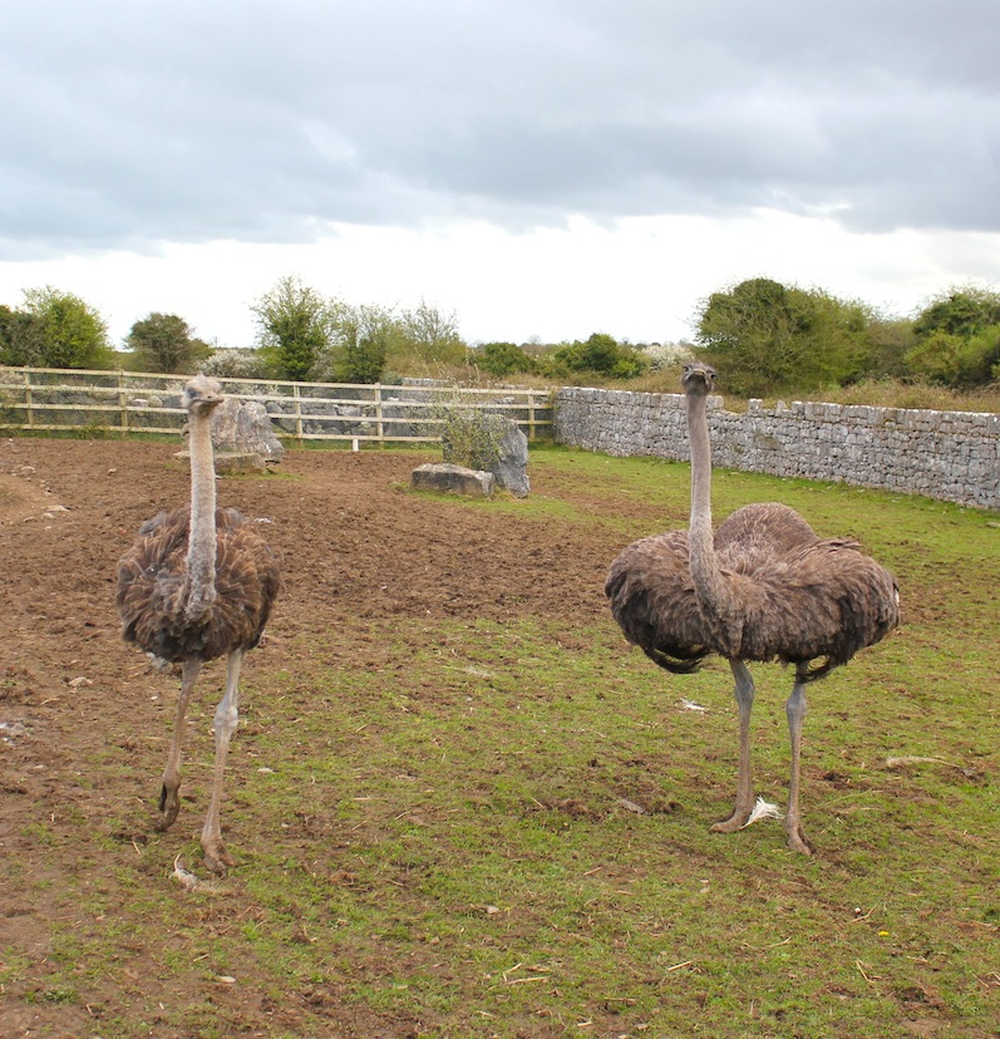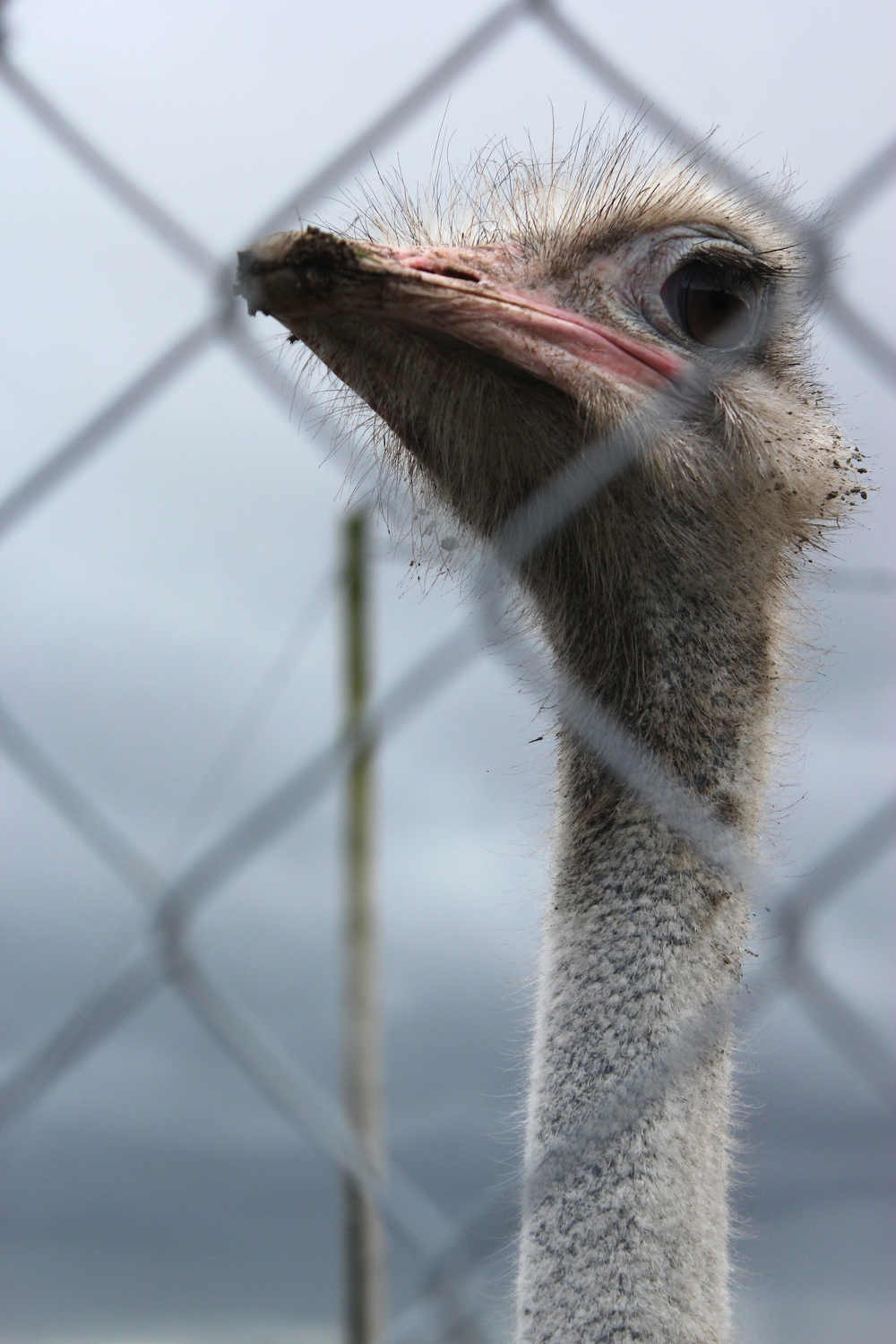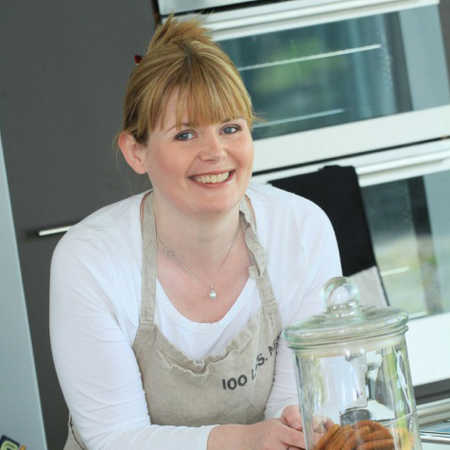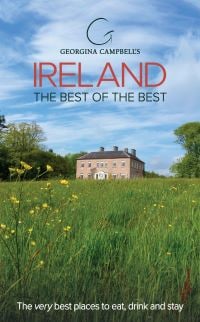Word from the West

West of Ireland food writer Anne Marie Carroll has some unusual neighbours among the stone walls and green fields of rural Galway.
Whether it’s a few clucking chickens, downy ducks or a gaggle of geese, keeping a few animals for the pot or for profit has long been a part of Irish life. The pig has an important place in Irish food culture, giving 'torc' (boar) or 'muc' (pig) to many place names. Many rural and urban households kept a pig fattened on potatoes and scraps.
In pre-famine Ireland pigs, or 'the gentleman who pays the rent', played a very important role in the lives of poor farm labourers. This term of endearment evolved in deference to the animal who ensured a roof overhead and food on the table.
A plot of land as small as a quarter acre could produce enough potatoes to sustain a whole family and a pig. The potatoes were for eating but the pig was nearly always for sale.
The pig would be sold on 'gale day', the twice yearly date when rents were collected. Hence the euphemism 'the gentleman who pays the rent' came into being when referring to the family’s prized possession.
Some lucky swine lived in their own, custom-made abode attached to the main family dwelling, but most shared their master’s house, made from thick walls of straw, earth, and stone, with a thatch roof and a clay floor. Hens would live in a dresser and the porky 'gentleman' lay grunting happily on a bed of straw in the corner.
In times gone by, poultry were managed by women in rural areas and seldom killed for their own table. Eggs were a source of income rather than chickens being a source of protein. The eggs were sold to buy household goods and shoes for children, so a regular small income from farm poultry was a boon for women running households.
Backyard poultry keepers have been on the increase in recent years, with many fanciers keeping themselves well supplied with hens eggs for breakfast, duck eggs for baking or fattening their own turkeys for Christmas. Keeping just two hens at the bottom of a town or city garden, is an ideal way of supplying the home with lots of fresh eggs as well as having easy to keep pets that can teach the family all about where their food comes from.
There are more exotic fowl you can dabble in of course. I recently had the pleasure of my neighbours’ peacock taking a liking to roosting in the branches of the large chestnut tree directly outside my bedroom window. While he was a handsome creature to have around, the novelty of seeing his stunning plumage quickly palled when compared to being awakened by his offensive early morning shrieking that effectively drowned out all other songbirds.

Also in our neighbourhood, among the stone walls and green fields that are populated with the usual black faced sheep and lumbering cattle is another smallholding, an unusual one for this part of the world - a small paddock of ostriches. We regularly stop to admire them en route to Galway or Oranmore.
Ostriches are the world’s largest birds but they are not birds of flight. An adult is 2.2 metres high and a fully grown male would weigh in at around 135kg. Their strong muscular legs facilitate movement at up to 40 miles per hour. They have small brains and their protection in the wild is mainly through their excellent eyesight, hearing and speed of foot.
The huge eyes occupy most of the space within the skull. But the ostrich has another defensive string to its bow. They kick forward with their single sharp claw and this is highly dangerous to their handlers. Would-be predators should think twice before tangling with this comical looking bird.
Ostrich farming is one of the most open, free range farming systems wherever it is practiced and ostriches are easily capable of withstanding the Irish climate. They have long lives and a female could be productive for over 30 years. On average, a breeding trio of ostriches require, at minimum, a half hectare and since they need exercise they should have a sizable run.
An ostrich paddock should be well fenced to a height of 1.7m. Ostriches are a grazing bird with a staple diet of grass supplemented with poultry-type feeds. The breeding season begins in March and can last into September.
South Africa has the world’s largest industry with approximately 400 producers. This is not surprising since the continent of Africa is a natural habitat for ostriches. The business in Ireland has been principally driven by a small number of breeding stock holders, with only very small quantities of meat product coming on the market.
Ostrich meat first hit Galway in the 90's. Those of us old enough to remember might recall seeing it listed alongside alligator, buffalo and other 'novelty' meats on Brannagans menu, the restaurant under CP's nightclub in Abbeygate Street - it has been largely absent ever since its closure.
Ostrich is known as the healthy red meat alternative and this is where its marketing potential lies. It is a low fat, low calorie, low cholesterol alternative to traditional red meat, is high in protein and highly palatable. Farmers markets and good restaurants may offer a local outlet for this ‘exotic’ meat, sometimes called volaise.
Our local ostriches remain in their paddock for now, and it is unclear whether they are intended for the pot or, like 'the gentleman', to pay the rent. One wonders how to access a vet with the appropriate knowledge in this part of the world, or where you would have them butchered and other practicalities.
One thing is certain, since it’s claimed that an angry ostrich can deliver a kick that can kill a lion - ostrich farming is not for chickens. I'll stick to my neighbouring noisy peacock.
--

Anne Marie Carroll is a freelance food writer and member of the Irish Food Writers’ Guild who lives in Galway with her husband and two children.
With a background in design and illustration, Anne Marie made the switch to journalism with a regular food and wine column in The Galway Advertiser. Her work now mainly focuses on restaurant reviews, writing and editing recipes, the development of food photo shoots, including styling and photography. She also writes for a number of other publications and works as a consultant for small producers, food retailers and restaurants.
Anne Marie writes about all things food from the West of Ireland at her blog, Warm & Snug & Fat. You can also find her on twitter as @Biscuits4ABear






There are currently no comments
Leave a comment
Not a member? Register for your free membership now!
Or leave a comment by logging in with: